Choosing an Optical Time Domain Reflectometer (OTDR) is very similar to the process used in selecting a new vehicle. The more options that are included – or added – the more it will cost. Some OTDRs are built with rugged utilities for heavy field use, others are delicate precision instruments suitable for laboratory use. Any high-quality OTDR is a significant expense; most cost as much – or more – than the majority of new motor vehicles. The same amount of thoughtful consideration used to buy a car should be used in selecting and buying an OTDR.
An OTDR is a complex instrument incorporating optical frequency pulse generators, a spectrum analyzer, and supporting user interface to determine the location of faults, relative impedance, signal degradation due to attenuation or deformity in the fiber, and often has a computer interface or plug-in modules to allow a separate computer access to the test and measurement device and data for more sophisticated online or offline analysis than may be available from the instrument alone.
Operating Environment
The first and most important consideration is where and how the OTDR is deployed when it is in use. Exposure to extreme weather, limited availability of electric power, and the required degree of portability eliminate any OTDR that isn’t ruggedized, battery powered, and reasonably sized, such as a hand-held. A rigid bench, wheeled carriage or rack mount unit used in a power- and climate-controlled clean room or engineering laboratory environment dictates a completely different set of options. It may be required that the OTDR is dual use, and trade-offs must be considered to determine the best value balanced against the risk of potential damage when in transport or in active use.
Operational Capabilities
Acquiring an OTDR should not be solely based on financial or budgetary considerations. Cost does not necessarily translate to effectiveness; a very expensive unit can be totally unsuited to measure the cable under test. If a unit is simply to be used to determine the location of a break in the cable and not more esoteric measurements, such as impedance mismatch, kinks or sharp bends, attenuation or signal losses, then it can be much less expensive than a full-feature instrument of otherwise similar size and utility.
New, Discontinued, Factory Refurbished or Used: Which is the best choice?
The only reasons to buy a new, bleeding side of the cutting edge technology are that the company is a manufacturer or the application is mission-critical. Often, a discontinued instrument offers substantial savings and superior value – often 30% or more – especially if it is a brand-new unit, simply no longer manufactured. A factory refurbished instrument meets or possibly exceeds the original specifications. These units are typically factory warranty returns, leased instruments, trade-ins for upgrade to newer models and similar light-use applications reconditioned by the OEM for resale. Savings of 30% to 50% are not unreasonable expectations. Used instruments can offer very high value, however, due diligence is required to ensure ample time – typically 30-90 days – for inspection and return privileges if the unit fails to perform. Cosmetic exterior wear and tear consistent with its operating environment are not uncommon. Used units that perform to specification can realize values from 60% to 90% below the original MSRP.
Brand name or OEM?
Some people are comforted by particular makes and models of test equipment. In many cases, the difference between a name-brand device and its OEM equivalent are cosmetic – the internal circuitry is identical. The wise buyer will consider the specifications before the name brand, the reliability and integrity of the source of the equipment and the particular requirements of the technician or engineer that will use the equipment. The length and scope of any warranty or guarantee must also be considered, especially with used instruments. Is the warranty a factory warranty or outsourced to an unspecified third-party?
Relative value
An OTDR can easily cost 20 to 50 thousand dollars or more. Used OTDRs can also cost 40 thousand dollars or more. A capital expense item of the magnitude of an OTDR can have significant tax implications. The ROI of a used unit often is much faster than a similar new instrument and it can have a steeper depreciation. Before purchasing an OTDR, it is suggested that the engineering staff that will be using the device, the accounting staff that will handle the budgeting and payments, and the executive officers that will have to justify the expense, be in agreement. This can be difficult; however, the use of an independent third-party systems consultant can often provide assistance in coordinating the various aspects of an acquisition with minimal impact on limited corporate resources. Before opting for a low-cost solution, consider the functionality, specifications, and usability requirements of the tasks that the instrument will be used for.



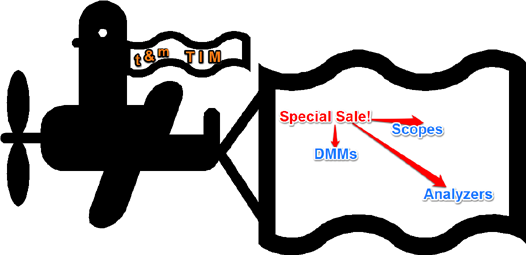


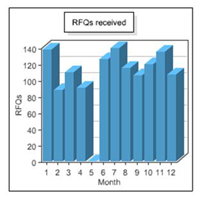
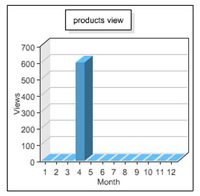
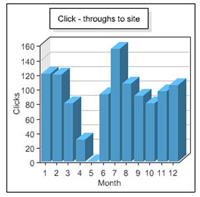
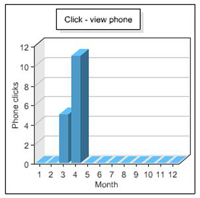

 Coffee always inspires! I remembered! The green baize scrubby thingy works wonders! Well, not exactly baize – more like a rough green plasticy sheet that feels gentler than sandpaper but works in the same way. After a thorough search for a piece of the green wonder (the coffee gave me the energy to do this), I found some of this treasure in the drawer at the bottom of a kitchen closet that only opens if all the other doors in the room are closed (Don’t even ask!). A few minutes inside my pot, after taking another rest to recover from the drawer/closet battle, and I could view my own reflection inside my suddenly-like-new pot!
Coffee always inspires! I remembered! The green baize scrubby thingy works wonders! Well, not exactly baize – more like a rough green plasticy sheet that feels gentler than sandpaper but works in the same way. After a thorough search for a piece of the green wonder (the coffee gave me the energy to do this), I found some of this treasure in the drawer at the bottom of a kitchen closet that only opens if all the other doors in the room are closed (Don’t even ask!). A few minutes inside my pot, after taking another rest to recover from the drawer/closet battle, and I could view my own reflection inside my suddenly-like-new pot! 